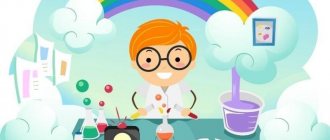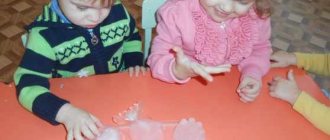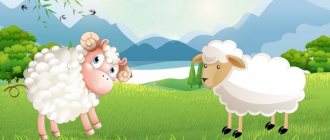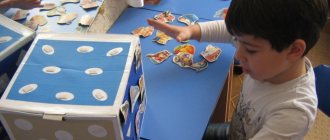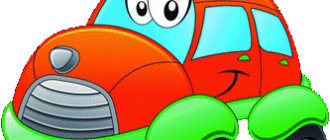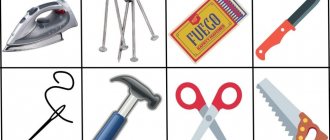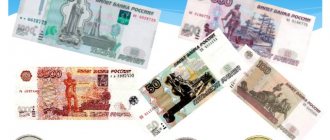Main types of experimental activities
Types of preschool experimentation differ based on the main purpose and purpose or problem that needs to be solved.
Also, experimental activity may differ in the case of the method of application, stage or characteristic features of cognitive operations:
| View | Description, nuances |
| By the nature of research activities | In this case, the activity can be illustrated, search, or used to solve everyday problems. |
| Based on the stage of implementation in educational terms | Experiments and experiments differ in the quality of the primary, final, secondary or final cycle. This feature is especially important when constructing a specific plan of tasks based on the characteristics of the preschool group. |
| By the nature of cognitive operations | In this case, the following types of research activity are distinguished: ascertaining (observation of the properties of an object or phenomenon), comparative (the process of studying an object during its interaction with another process), generalizing (the ability to determine properties or patterns between phenomena). |
| Based on application method | Here the frontal and demonstration methods are determined, the use of which differs based on certain characteristics of cognitive thinking in preschoolers. |
Experimental activities in the senior group are carried out through the systematic improvement of the child’s intellectual and practical skills.
If, during the process of observation, the preschooler was able to obtain new information and knowledge, the experimental work is identified as a cognitive system.
In addition to the main types of classes, based on the methodology, there are varieties in pedagogical practice that directly take into account the process of experimentation.
These are the following classes:
- Game experiments. Since the main activity of preschoolers is gameplay, research can be carried out in conjunction with it. These classes often feature a character from a favorite cartoon or fairy tale who provides children with important information or asks for help. Through this technique, students understand what is said better and act more responsibly.
- Modeling. An understanding of the basic properties or features of an object can be obtained through the process of constructing small copies of real-life objects or phenomena. Most often, children build volcanoes, rivers or small construction complexes. So, a teacher can invite preschoolers to model a vortex flow using pieces of paper.
An example of experimental activity in a senior group - modeling a volcanic eruption - Experiments. Conducting various studies or experiments is the basis of a child’s activities. Absolutely all skills acquired in kindergarten are taught through this teaching method. Preschoolers can perform various experiments with liquid, air, magnets or earth. All this can quickly expand your understanding of certain features of the world around you.
The formation of important skills or abilities through experimentation allows you to teach your child how to work with various devices and tools . In this case, experimental activity significantly accelerates the learning process.
It is important that the approach to research activities is exclusively comprehensive. In this case, the child can strengthen the existing basic knowledge about certain phenomena and objects. This pedagogical method is the basis of any preschool education.
Safety regulations
But if you plan to conduct more complex experiments, for example, using matches, a gas burner, or chemical reagents, be sure to follow the safety rules:
- put on both yourself and your child the necessary protective equipment: gloves, mask, gown, goggles;
- Tell your child that you should never lean too close to potentially dangerous reagents or fire, and always follow this rule yourself - such precautions will help avoid burns and other injuries;
- cover the table or other work surface with material that will protect the furniture from damage.
